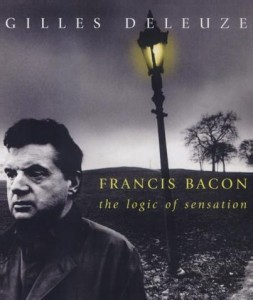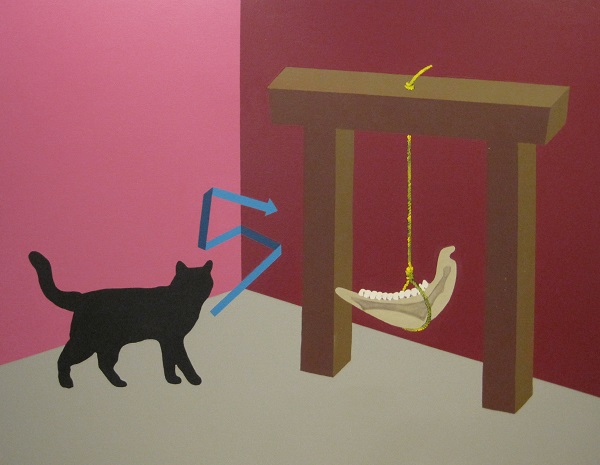| Saudi Arabia and Iran are vying for regional dominance, as the latter pursues nuclear weapons. Turkey is cozying up to Russia and China. Instability, conflict, and proxy wars have engulfed Syria, Yemen, and beyond. How should the United States respond to changing power, proxy wars, terrorism, and human rights issues in the Middle East? On Thursday, September 12, America’s debate series Intelligence Squared U.S. launches their fall season with a debate not one, but three motions, all investigating “Shifting Power in the Middle East”: Motion 1: Is Trump right on Saudi Arabia? Motion 2: Is the world safer without the Iran Nuclear Deal? Motion 3: Is Turkey an asset to NATO? In this latest installment in Intelligence Squared U.S.’s new “Unresolved” series, debaters must declare their “yes” or “no” stance on each separate motion, allowing for both sharp disagreements and unexpected alliances. The debaters will be: * Michael Doran, senior director on the National Security Council under President Bush* Reuel Marc Gerecht, former CIA case officer* Bernard Haykel, professor of Near Eastern Studies at Princeton* Brett McGurk, the State Department’s former Special Presidential Envoy for the Global Coalition to Defeat ISIS* Barbara Slavin, the director of the Future of Iran Initiative The debate will be held at NYC’s Symphony Space and stream live online, then air soon after as part of the syndicated public radio show and podcast “Intelligence Squared U.S.” On September 12, online viewers can tune in at IQ2US’s website: https://www.intelligencesquaredus.org/debates/unresolved-shifting-power-middle-east WHAT: Intelligence Squared U.S. Debates “Unresolved: Shifting Power in the Middle East” WHEN: Thursday, September 12 / 7:00-8:45 PM EDT WHERE: Peter Norton Symphony Space, 2537 Broadway, New York, NY TICKETS: $40 ($12 for students w/ ID). To purchase, visit http://www.intelligencesquaredus.org/ Debaters Bios: * Michael Doran, Senior Fellow, Hudson Institute Michael Doran is a senior fellow at the Hudson Institute in Washington, D.C., where he specializes in Middle East security issues. Doran served as a senior director on the National Security Council under President Bush and was responsible for helping to devise and coordinate U.S. strategy on a variety of Middle East issues, including Arab-Israeli relations and U.S. efforts to contain Iran and Syria. He also served in the Bush administration as a senior adviser in the State Department and a deputy assistant secretary of defense in the Pentagon. * Reuel Marc Gerecht, Senior Fellow, The Foundation for Defense of Democracies & Fmr. CIA Case OfficerReuel Marc Gerecht is a former case officer for the CIA, where he served as a Middle Eastern targets officer with the CIA’s directorate of operations. He is a senior fellow at the Foundation for Defense of Democracies, a non-partisan organization centering on national security, where he focuses on Iran, sanctions, terrorism, and the Middle East. He is the author of “Know Thine Enemy: A Spy’s Journey into Revolutionary Iran” and “The Islamic Paradox: Shiite Clerics, Sunni Fundamentalists, and the Coming of Arab Democracy,” among others. * Bernard Haykel, Professor of Near Eastern Studies, Princeton University Bernard Haykel is a professor of Near Eastern Studies and the director of the Institute for Transregional Study of the Contemporary Middle East, North Africa and Central Asia at Princeton University. After working as a post-doctoral research fellow at Oxford University in Islamic Studies, he joined New York University in 1998 as associate professor before taking up his post at Princeton. He became a Guggenheim fellow in 2010 and is co-editor of the book, “Saudi Arabia in Transition; Insights on Social, Political, Economic and Religious Change.” * Brett McGurk, Fmr. Special Presidential Envoy for the Global Coalition to Defeat ISISBrett McGurk served as Special Presidential Envoy for the Global Coalition to Defeat ISIS at the U.S. Department of State, where he helped build and then lead the coalition of 75 countries and four international organizations in the global campaign against ISIS. He served in senior positions in the Bush and Obama administrations and has led some of the most sensitive diplomatic missions in the Middle East over the last decade. McGurk is currently the Frank E. and Arthur W. Payne distinguished lecturer at the Freeman Spogli Institute and Center for Security and Cooperation at Stanford University. * Barbara Slavin, Director, The Future of Iran Initiative, The Atlantic CouncilBarbara Slavin is the director of the Future of Iran Initiative and a nonresident senior fellow at the Atlantic Council. The author of “Bitter Friends, Bosom Enemies: Iran, the US and the Twisted Path to Confrontation,” she is a regular commentator on U.S. foreign policy and Iran on NPR, PBS, and C-SPAN. Previously, Slavin served as a public policy scholar at the Woodrow Wilson International Center for Scholars. Slavin is a career journalist, and currently writes as columnist for Al-Monitor.com, a website devoted to news from and about the Middle East. ABOUT INTELLIGENCE SQUARED U.S. DEBATES (IQ2US) A non-partisan, non-profit organization, Intelligence Squared U.S. was founded in 2006 to address a fundamental problem in America: the extreme polarization of our nation and our politics. Their mission is to restore critical thinking, facts, reason, and civility to American public discourse. The award-winning debate series reaches over 30 million American households through multi-platform distribution, including radio, television, live streaming, podcasts, interactive digital content, and on-demand apps on Roku and Apple TV. With over 160 debates and counting, Intelligence Squared U.S. has encouraged the public to “think twice” on a wide range of provocative topics. Author and ABC News correspondent John Donvan has moderated IQ2US since 2008. |
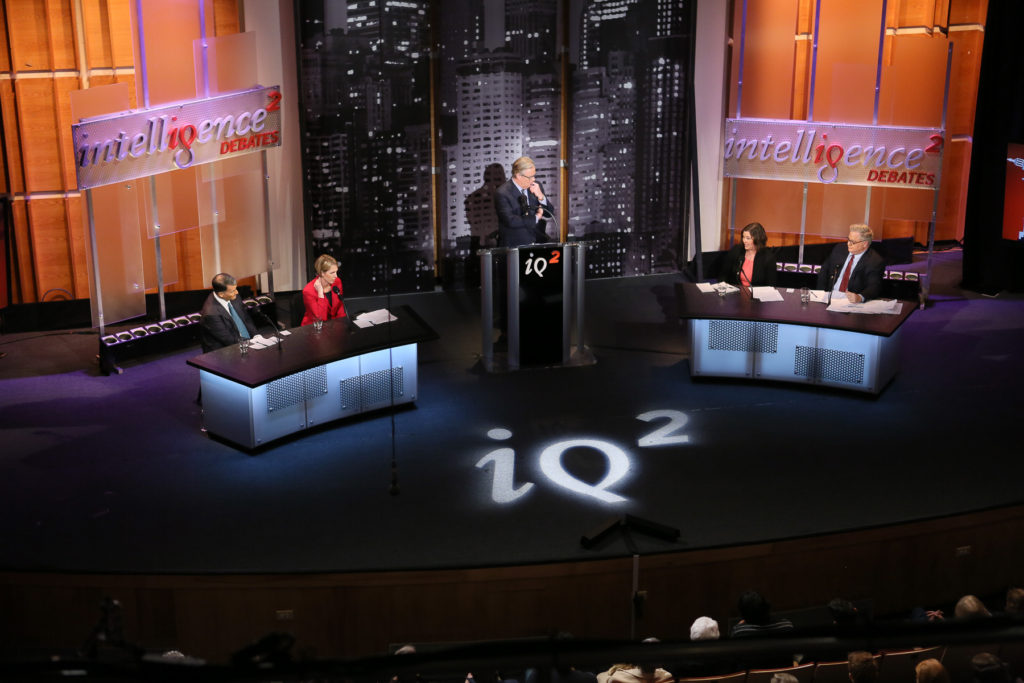
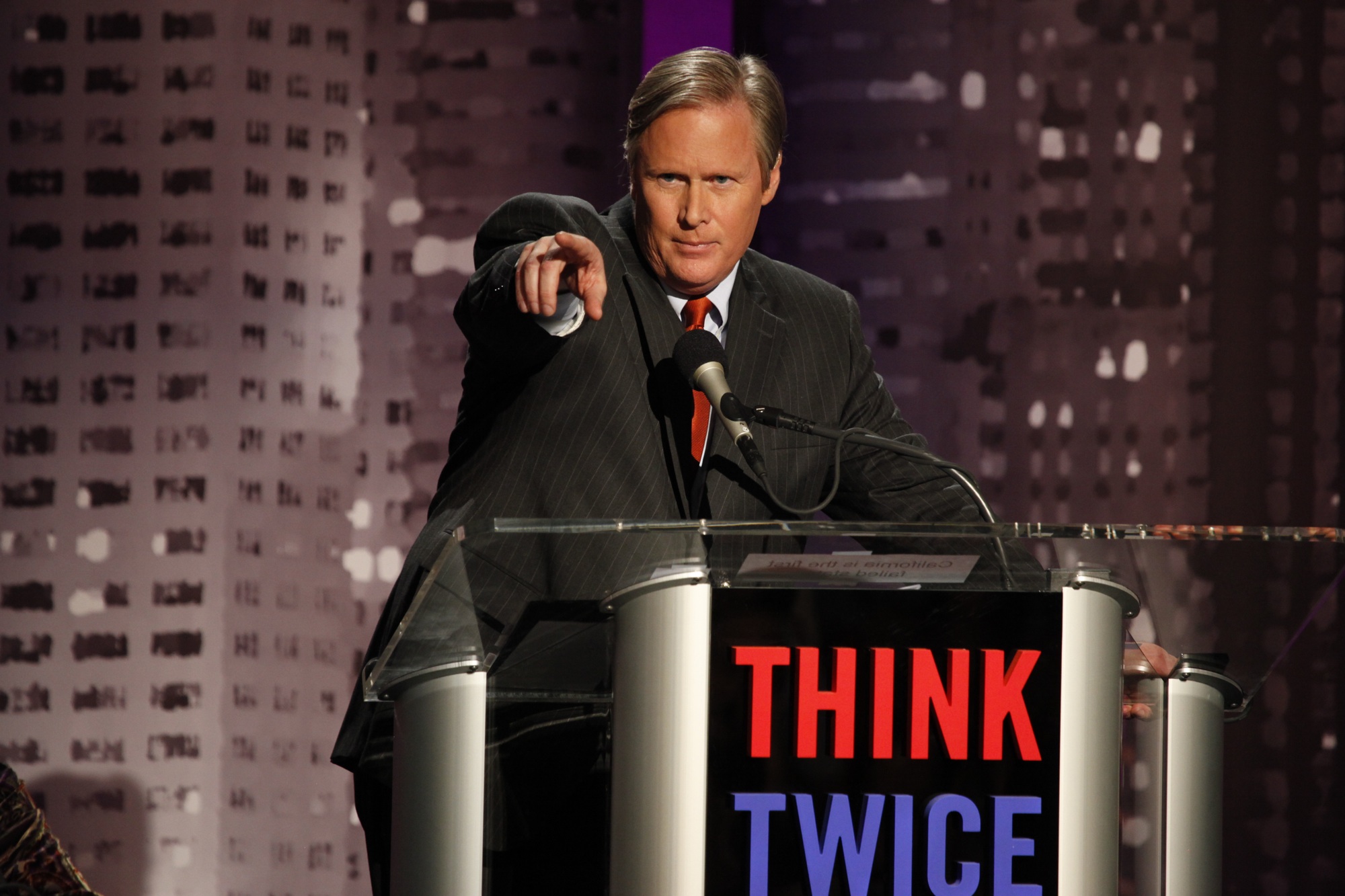
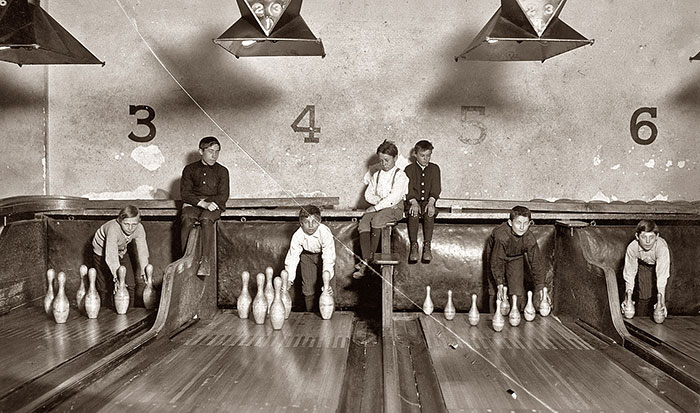

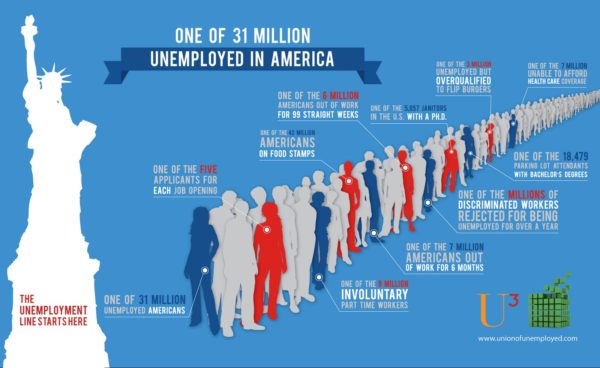
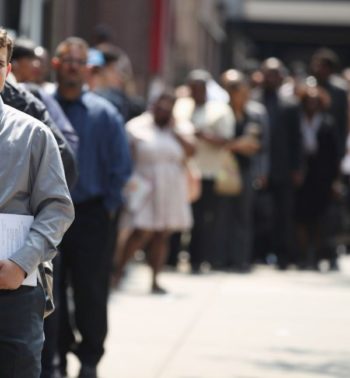
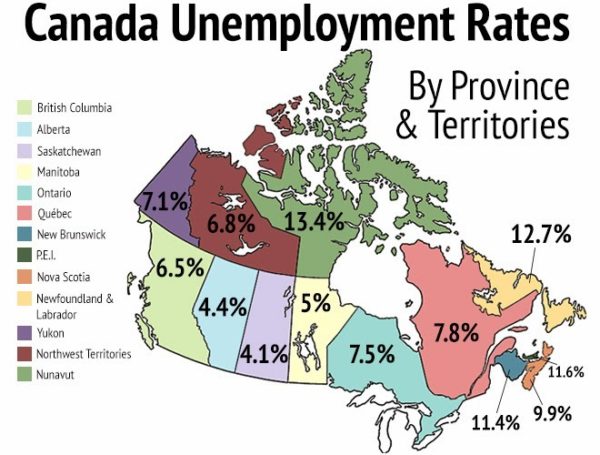
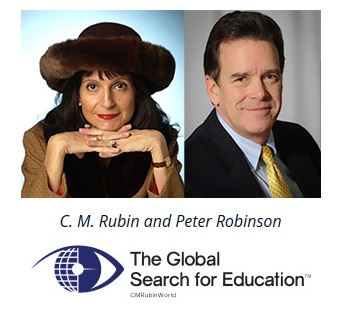 For the Silo,
For the Silo, 

